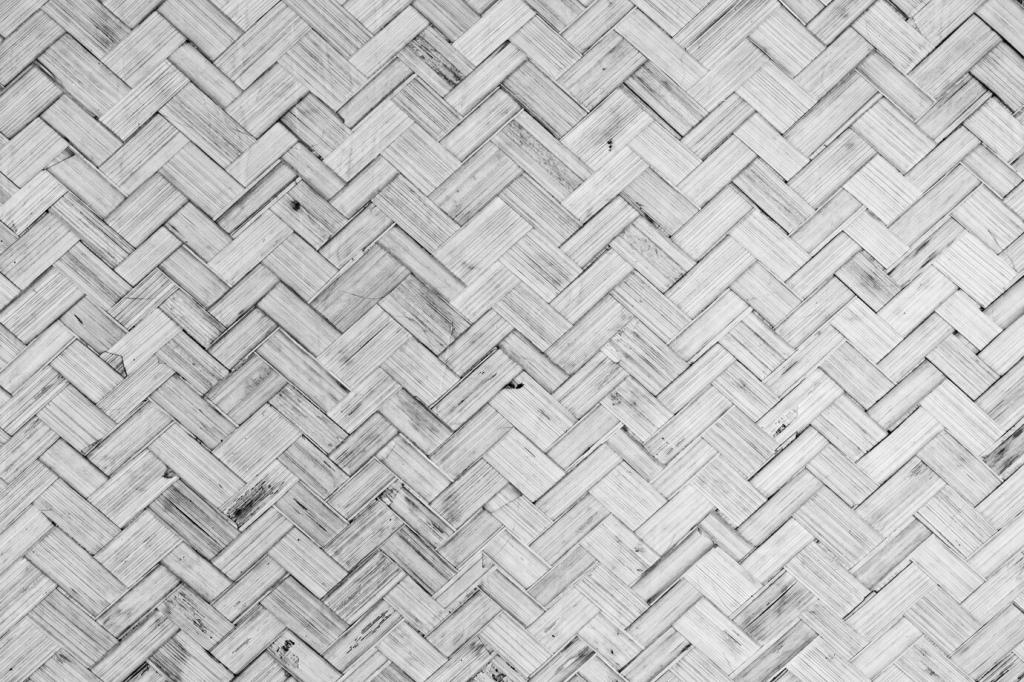Mulch, Groundcovers, and Moisture Management
Organic mulches like shredded bark and compost can reduce evaporation and improve soil over time. Stone mulches suit desert styles but can reflect heat. Share your aesthetic and climate, and we’ll match your mulch to your goals.
Mulch, Groundcovers, and Moisture Management
Low‑growing groundcovers shade soil, slow wind, and add texture. Consider thyme, yarrow, or native options where appropriate. They stitch beds together beautifully while curbing irrigation needs. Ask for a groundcover matrix for your sun conditions.

